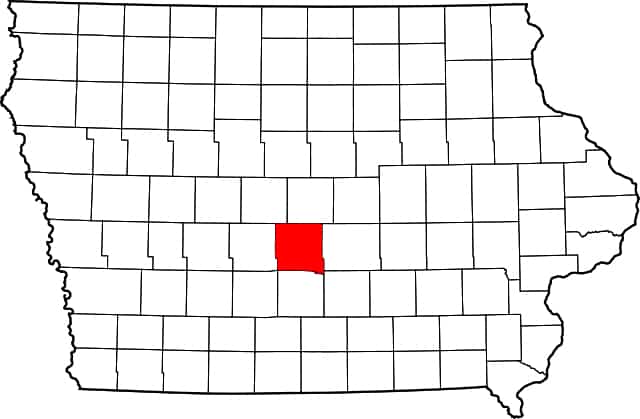EIA and Piroplasmosis Confirmed at Iowa Boarding Facility

Iowa Department of Agriculture and Land Stewardship (IDALS) officials have confirmed that one horse tested positive for equine infectious anemia (EIA) and two horses tested positive for equine piroplasmosis (EP) at the same Polk County boarding facility.
Forty-three horses were exposed at the facility, which was placed under official quarantine. According to a statement from the state veterinarian, owners of all the horses at the facility were notified of their horses’ potential exposures.
The horse that tested positive for EIA, a 13-year-old Thoroughbred gelding, was moved to a USDA facility. All other horses will remain isolated at the boarding facility until 60 days after the last known exposure, when they will be retested. Once all tests show negative results after a 60-day period, the EIA quarantine will be released.
The two horses that tested positive for equine piroplasmosis (EP), an 11-year-old and a 15-year-old Quarter Horse gelding, were euthanized. The exposed horses will remain on-site and be retested 30 days after the two positive horses were isolated. Once all remaining horses have tested negative after a 30-day period, the EP quarantine will end.
About EIA
Equine infectious anemia is a viral disease that attacks horses’ immune systems. The virus is transmitted through the exchange of body fluids from an infected to an uninfected animal, often by blood-feeding insects such as horseflies. It can also be transmitted through the use of blood-contaminated instruments or needles.
A Coggins test screens horses’ blood for antibodies indicative of the presence of the EIA virus. Most U.S. states require horses to have proof of a negative Coggins test to travel across state lines.
Once an animal is infected with EIA, it is infected for life and can be a reservoir for the spread of disease. Not all horses show signs of disease, but those that do can exhibit:
- Progressive condition loss;
- Muscle weakness;
- Poor stamina;
- Fever;
- Depression; and
- Anemia.
EIA has no vaccine and no cure. A horse diagnosed with the disease dies, is euthanized, or must be placed under extremely strict quarantine conditions (at least 200 yards from unaffected equids) for the rest of his life.
About Equine Piroplasmosis
Equine piroplasmosis is a protozoal (Babesia caballi and Theileria equi) infection spread among horses, mules, donkeys, and zebras via tick bites. It can also be transmitted by blood transfusions from infected horses and via contaminated medical equipment such as needles and syringes. Transmission does not occur from direct contact among horses.
Piroplasmosis clinical signs, which include acute fever, inappetence, malaise, low exercise tolerance, chronic weight loss, anemia, jaundice, and sudden death, are nonspecific and, therefore, the disease can be difficult to diagnose. Signs can also include abdominal swelling, labored breathing, colic, constipation, and hemoglobinuria (brown urine).
The disease occurs only infrequently in the United States, and horses that survive its initial phase can remain long-term carriers. The disease’s mortality rate has been reported as high as 50%. Infected horses might be euthanized due to either the severity of their clinical signs or as part of a regulatory response.
Equids are diagnosed by measuring antibody titers to the organisms in serum (a whole-blood component) using an enzyme-linked immunosorbent assay (ELISA), complement fixation test (CFT), or immunofluorescent assay (IFA) or by examining a blood smear microscopically.
All horses infected with EP in the United States are managed under official state quarantine. Treatment requires enrollment in the U.S. Department of Agriculture-Animal and Plant Health Inspection Service’s EP treatment program and involves high-dose imidocarb dipropionate to clear the horse of the organism. After successful treatment and negative antibody status on all diagnostic tests, officials can release horses from quarantine.
To prevent EP in your horses, check them for ticks regularly and never share blood-contaminated medical equipment between horses.
Written by:
Edited Press Release
Related Articles
Stay on top of the most recent Horse Health news with















